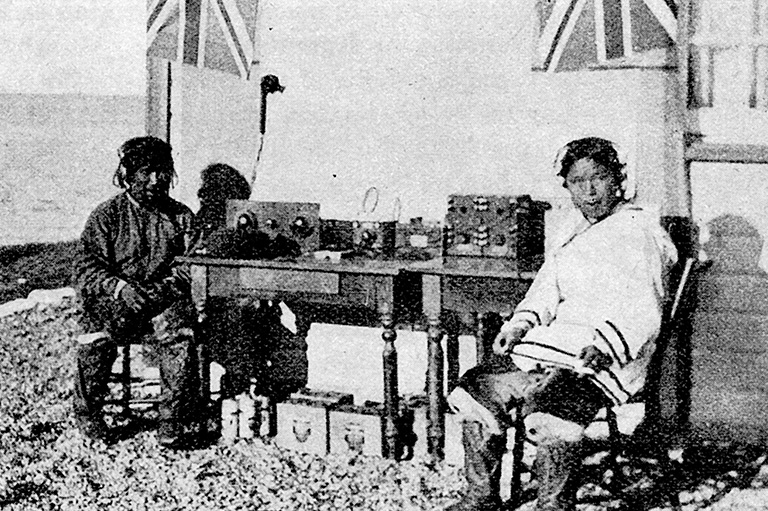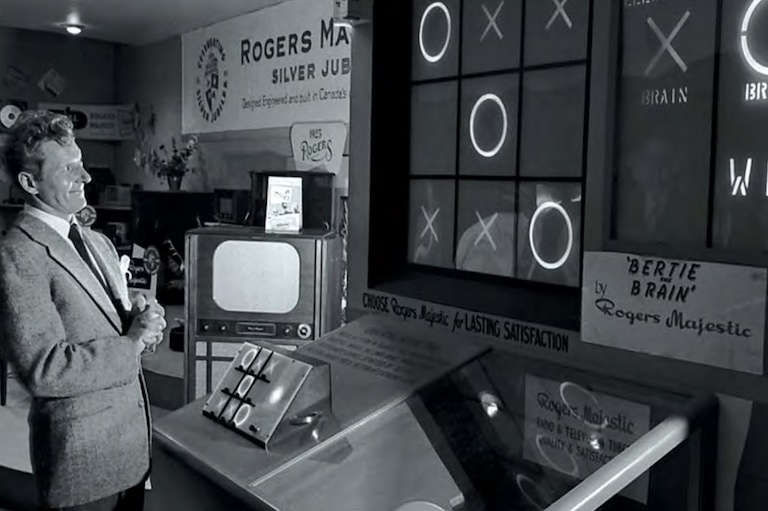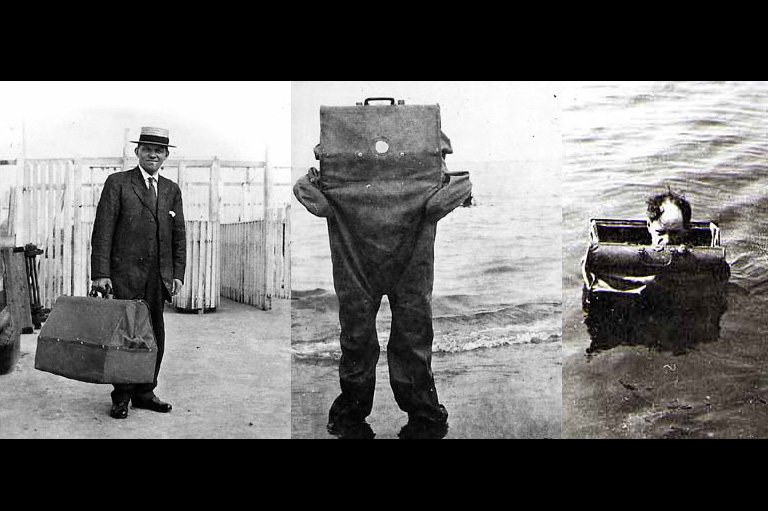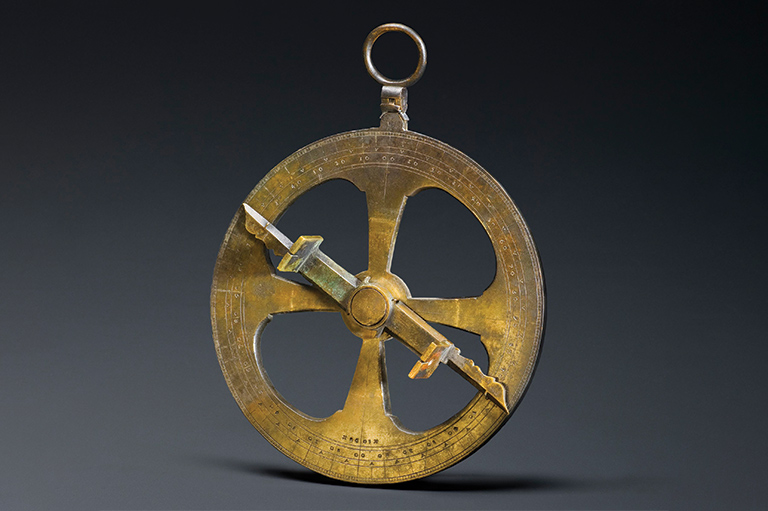Bright Idea
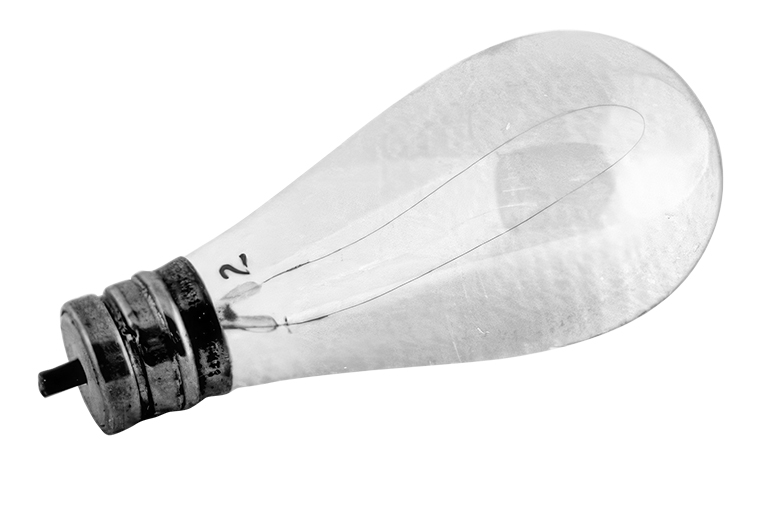
American inventor Thomas Edison is usually credited with inventing the electric light bulb, but in fact Edison based his creation on a patent he purchased from a couple of Canadians.
Medical student Henry Woodward and hotel keeper Matthew Evans were neighbours in Toronto who spent winter evenings in 1873 experimenting with batteries and induction coils. Noticing that light was created by a spark at the conduction post, they found a way to contain the light inside a glass tube with a carbon-filament rod connected to two wires. Their prototype proved more effective than any form of electric light that had previously been developed.
Woodward and Evans patented the invention but were unable to find investors, so in 1879 they sold the patent to Edison for $5,000. Edison then applied his own improvements to their prototype to make it longer-lasting and more commercially viable.
With 7 uniquely curated newsletters to choose from, we have something for everyone.
We hope you’ll help us continue to share fascinating stories about Canada’s past by making a donation to Canada’s History Society today.
We highlight our nation’s diverse past by telling stories that illuminate the people, places, and events that unite us as Canadians, and by making those stories accessible to everyone through our free online content.
We are a registered charity that depends on contributions from readers like you to share inspiring and informative stories with students and citizens of all ages — award-winning stories written by Canada’s top historians, authors, journalists, and history enthusiasts.
Any amount helps, or better yet, start a monthly donation today. Your support makes all the difference. Thank you!
Themes associated with this article
Advertisement
Save as much as 40% off the cover price! 4 issues per year as low as $29.95. Available in print and digital.


